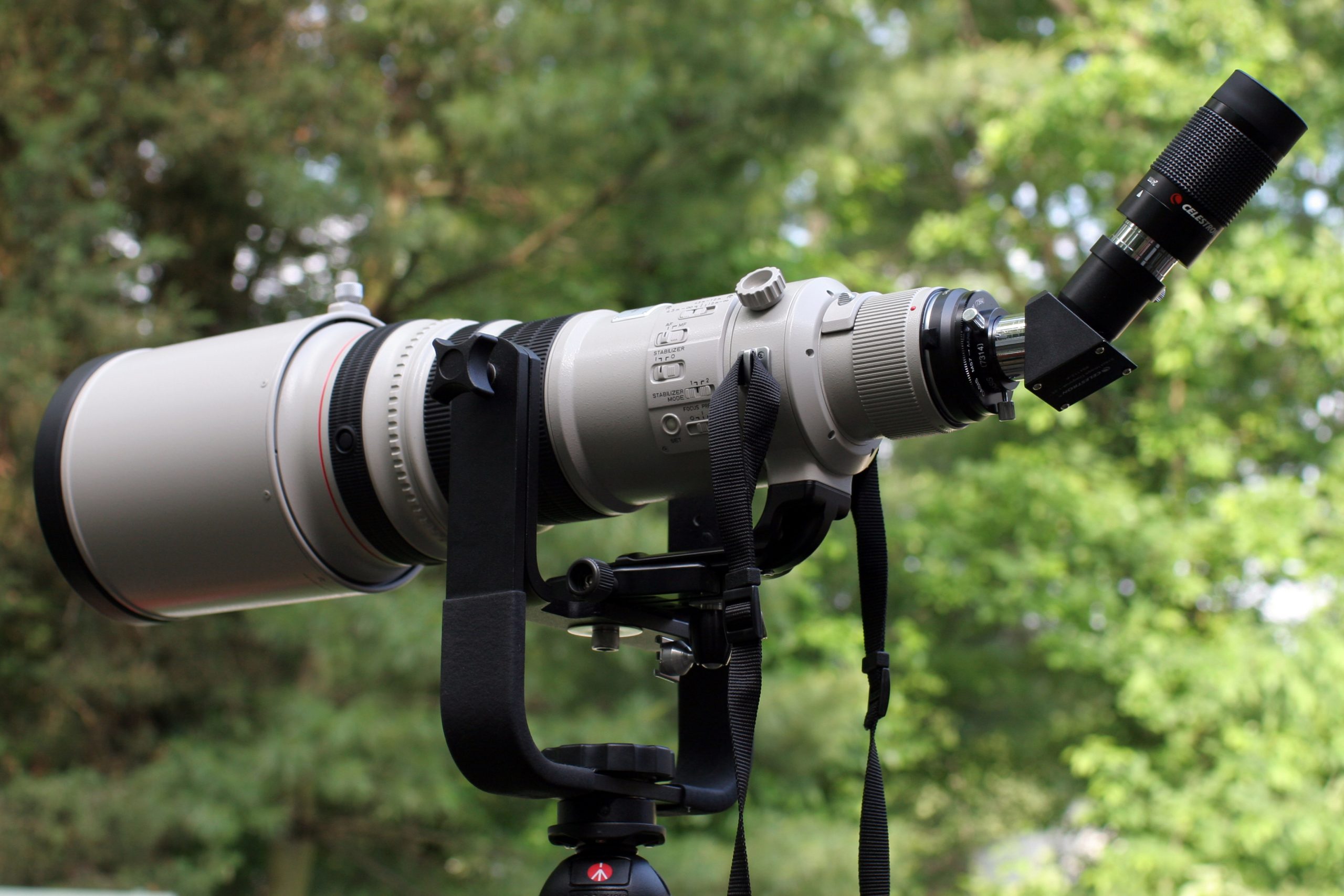Optics are extraordinary for close-up birding and can be useful for giving you signs to faraway winged creatures. For far off flying creatures, you’ll be stunned at what a distinction a spotting degree makes. You’ll have the option to discover more winged animals, and you’ll recognize field blemishes on removed waterfowl, shorebirds, and birds of prey that might be difficult to see with optics. At closer ranges, you’ll appreciate complex plumage subtleties you never observed. If you have a cell phone or an advanced camera, you’ll have all you have to appreciate digiscoping.
Similarly, as with optics, there are various optical and structural qualities to remember when you’re thinking about purchasing a spotting degree. We’ll cover some significant ones here and give you shopping tips to help you settle on the ideal decision. What’s more, we’ll give you one essential tip front and center: don’t attempt to utilize a cosmology telescope for winged animal viewing. Their amplification is typically excessively high, they’re difficult to locate through, and they are frequently not weatherproofed.

Magnification Power
For the most part, spotting extensions are medium-extend telescopes with an amplification power somewhere in the range of 15x and 60x. To change amplification power, they have either exchangeable fixed-length eyepieces or a solitary zoom eyepiece.
When you’re examining a zone with a spotting extension, it’s ideal, to begin with, a low force eyepiece or the most reduced setting on a zoom eyepiece (for example, in the 20x to 30x territory). When you’ve found the winged creatures, you need to inspect intently you can change to a higher force.
Zoom Lenses
Long-range focal points change amplification power from 20x to as high as 60x with a solitary, straightforward modification. They offer a distinct preferred position for feathered creature viewing, permitting helpful filtering at low force and a brisk move to higher force for taking a gander at subtleties. Yet, similarly to camera focal points, long-range focal points don’t accumulate light just as fixed focal points. Likewise, as amplification expands, any extension (or binocular) will experience the ill effects of less light, smaller field of view, and more vibration. High powers additionally amplify the impacts of murkiness and sparkling warmth, bending seen over water and other level spreads.

Twenty years prior, a decent long-range focal point was elusive, and the costs (both optically and dollar-wise) were huge. These days, numerous mid-estimated scopes have amazing long-range focal points. At high force, top quality zooms give picture sharpness and clearness nearly in the same class as at low amplification, so purchase the best extension you can bear.
Regardless of the amount you research the details for various models, there’s not a viable replacement for really evaluating a degree for yourself. So, visit https://opticzoo.com/best-binoculars-for-long-distance-reviews/. A portion of the greater nature places or wild flying creature stores may have a few distinct models close by, allowing you to look at. You’re probably going to locate a considerably greater choice at major birding celebrations, where numerous optics organizations will have agents close by with a full line of items. It’s an incredible chance to attempt a scope of models and locate your undisputed top choices. Try not to be timid about taking as much time as is needed and requesting to think about various models. A decent spotting degree is significant speculation that can add to your birding pleasure for a long time.











